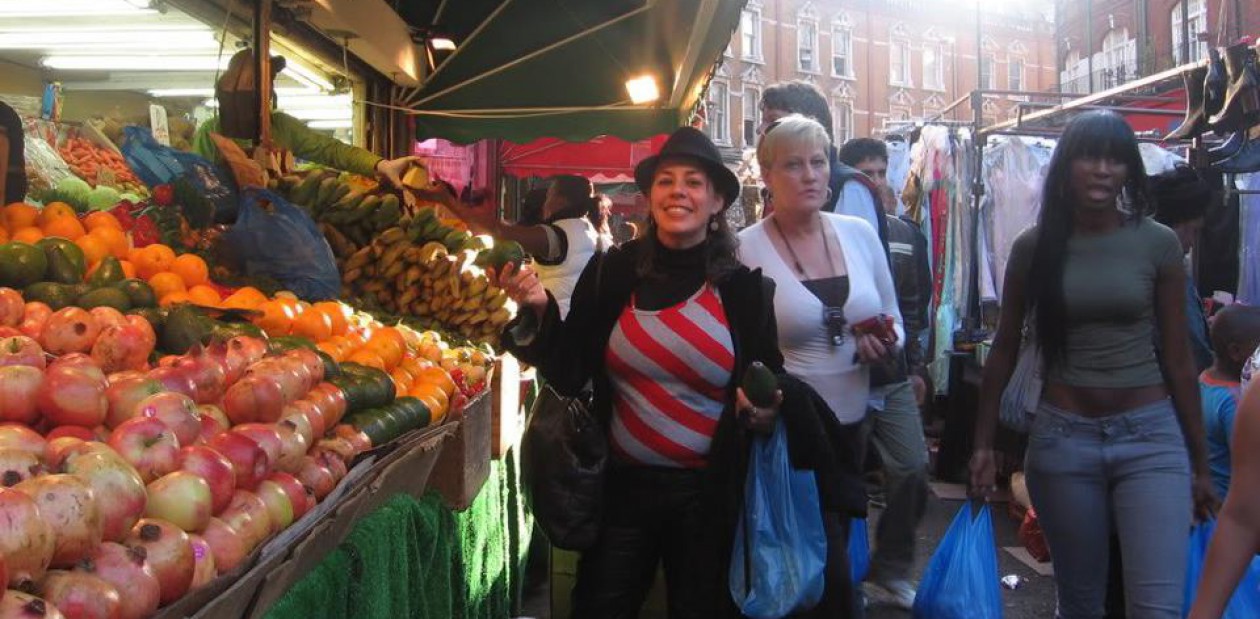
In the book The True History of Chocolate, authors Sophie and Michael Coe make a case that the earliest linguistic evidence of chocolate consumption stretches back three or even four millenia.
The history of chocolate begins in Mesoamerica. Chocolate, the fermented, roasted, and ground beans of the Theobroma cacao, can be traced to the Mokaya and other pre-Olmec peoples, with evidence of cacao beverages dating back to to 1900 BC.]
Near the beginning of the 16th century, the Aztecs were believed to first make chocolate, although it goes back much farther. The Mayans wrote about cacao ( Ka-Kow) a Mayan word on their pottery as early as 500 A.D., but some believe chocolate dates back to a much older time during Olmec civilization, which preceded the Mayans. The Mesoamerican civilization's chocolate a bitter drink made from a variety of local ingredients mixed with ground cacao beans.

An officer serving with Cortez observed Motecuhzoma, who was the ruler of the Aztecs. They found that Motecuhzoma was drinking 50 flagons of chocolate every day. This beverage, which was sometimes made with wine or water, could be seasoned with chili pepper, vanilla, and pimiento. It was known to cure diarrhea and dysentery. It also was believed to be an aphrodisiac. Cortez is known to have tried the beverage, but he found it too bitter. However he did write to King Carlos the first of Spain, calling "xocoatl" a "beverage that builds up resistance and fights fatigue." Etymologists trace the origin of the word "chocolate" to the Aztec word "xocoatl," which referred to a bitter drink brewed from cacao beans. The Latin name for the cacao tree, Theobroma cacao, means "food of the gods."
For several centuries in pre-modern Latin America, cacao beans were considered valuable enough to use as currency. One bean could be traded for a tamale, while 100 beans could purchase a good turkey hen, according to a 16th-century Aztec document.
Both the Mayans and Aztecs believed the cacao bean had magical, or even divine, properties, suitable for use in the most sacred rituals of birth, marriage and death. According to Chloe Doutre-Roussel's book The Chocolate Connoisseur, Aztec sacrifice victims who felt too melancholy to join in ritual dancing before their death were often given a gourd of chocolate (tinged with the blood of previous victims) to cheer them up.
Sweetened chocolate didn't appear until Europeans discovered the Americas and sampled the native cuisine. Legend has it that the Aztec king Montezuma welcomed the Spanish explorer Hernando Cortes with a banquet that included drinking chocolate, having tragically mistaken him for a reincarnated deity instead of a conquering invader. Chocolate didn't suit the foreigners' tastebuds at first –one described it in his writings as "a bitter drink for pigs" – but once mixed with honey or cane sugar, it quickly became popular throughout Spain.
Both the Mayans and Aztecs believed the cacao bean had magical, or even divine, properties, suitable for use in the most sacred rituals of birth, marriage and death. According to Chloe Doutre-Roussel's book The Chocolate Connoisseur, Aztec sacrifice victims who felt too melancholy to join in ritual dancing before their death were often given a gourd of chocolate (tinged with the blood of previous victims) to cheer them up.
Sweetened chocolate didn't appear until Europeans discovered the Americas and sampled the native cuisine. Legend has it that the Aztec king Montezuma welcomed the Spanish explorer Hernando Cortes with a banquet that included drinking chocolate, having tragically mistaken him for a reincarnated deity instead of a conquering invader. Chocolate didn't suit the foreigners' tastebuds at first –one described it in his writings as "a bitter drink for pigs" – but once mixed with honey or cane sugar, it quickly became popular throughout Spain.

By the 17th century, chocolate was a fashionable drink throughout Europe, believed to have nutritious, medicinal and even aphrodisiac properties (it's rumored that Casanova was especially fond of the stuff). But it remained largely a privilege of the rich until the invention of the steam engine made mass production possible in the late 1700s.
Bibliography:
- "The True History of Chocolate", authors Sophie and Michael Coe
- "The Chocolate Connoisseur" Chloe Doutre- Roussel.
- "Traités nouveaux & curieux du café du thé et du chocolate", by Philippe Sylvestre Dufour, 1685.
